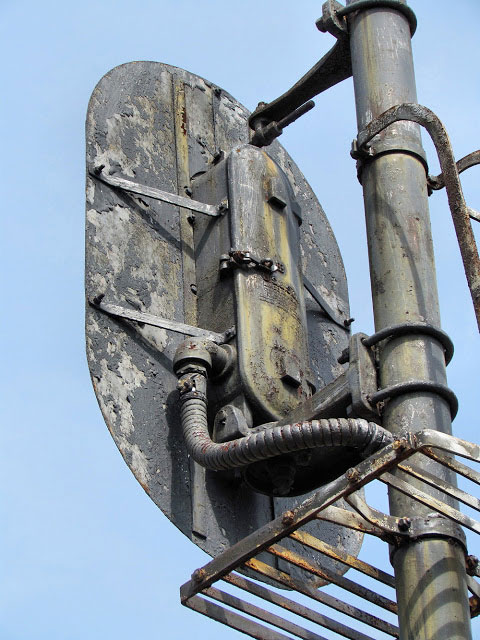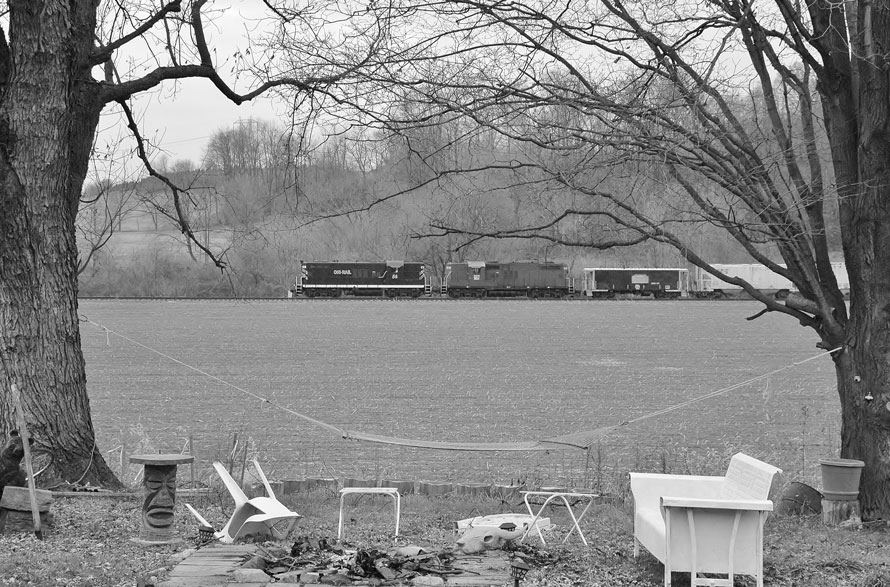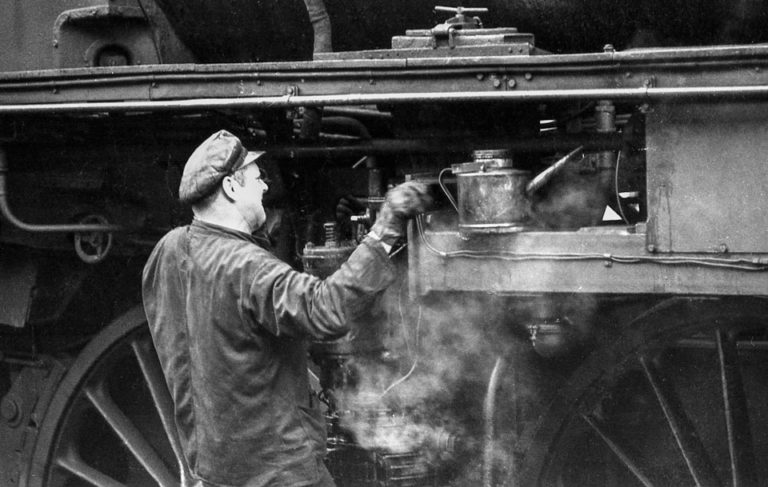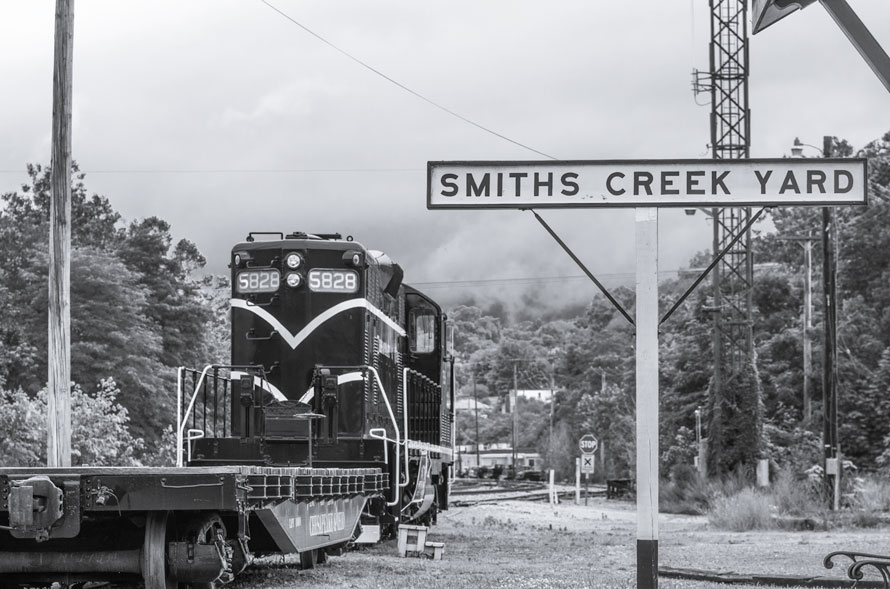In 1967 young people were told that plastics were the future and the future did not disappoint. Today the world is made out of plastic, carbon fibre, corrosion resistant lightweight alloys, high strength concrete and LEDs. This technology has generally converted our world from one where stuff is expensive and people are cheap, to exactly the opposite. I could go on and on about the many economic ramifications of this, but in essence “things” went from being crafted and artisan, to being so invisible that they might as well not matter. Back in the day the Pennsylvania Railroad (PRR) was the largest private employer in North America with over 300,000 employees, roughly the same as WalMart. This vast army of workers was needed to polish, paint, lubricate and generally maintain all of the expensive, labor intensive technology that allowed humans to move at speeds faster than brisk walk. Replacing the materials of old was part and parcel to being able to replace the workers that cared for them, however as we charge into the middle of the 21st century some of these materials have soldiered on in the service of railroad signaling and, until their inevitable replacement, they provide a window into the pre-digital industrial age.
Steel and Iron

Steel and iron are the stereotypical railroad materials as demand for bridges, rails and locomotives practically created the modern steel industry. Of course steel wasn’t just used for girders and boilers. Back in the day this was the only metal one had available for structural components of any size, and before the advent of plastic or other composites, metal was one of the only materials available with an adequate strength to weight ratio. Stronger, weather proof and more durable than wood, iron and steel became the materials of choice of railroad signals and signal structures. The US&S style N color light signal mast shown above is almost completely made of iron and steel, right down to the base. Cast iron housing and brackets, sheet steel backing, steel pipe mast, strap iron ladder work, heck, even the signal wires are sheathed in iron. Read more


